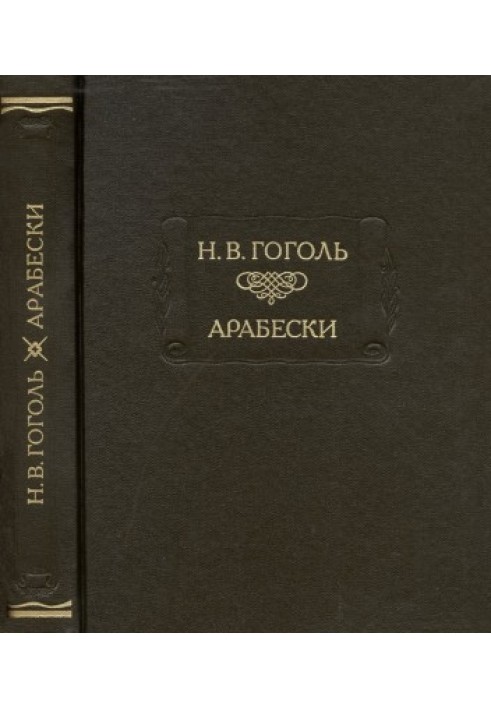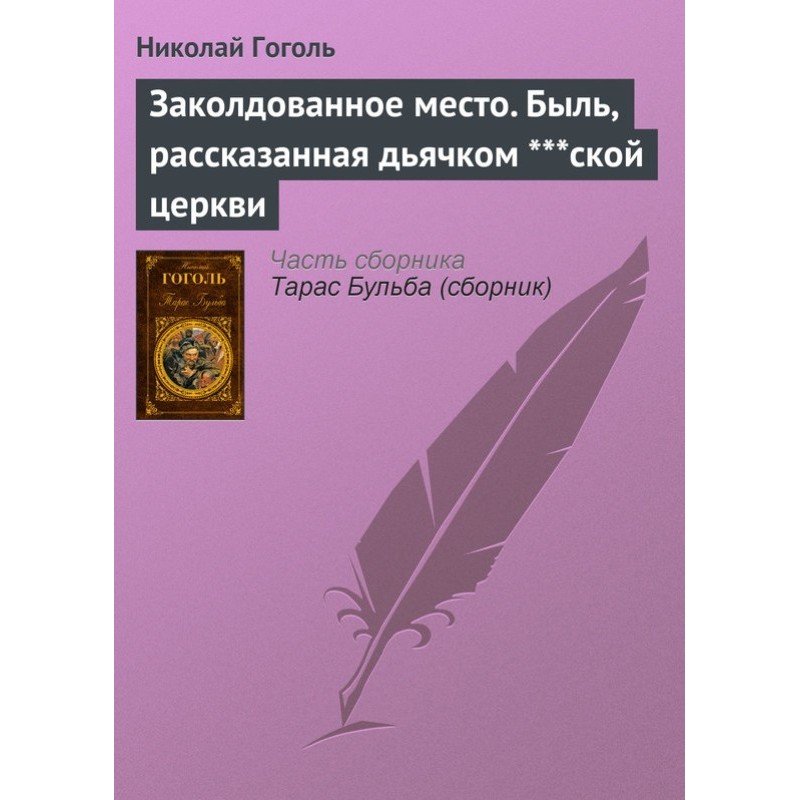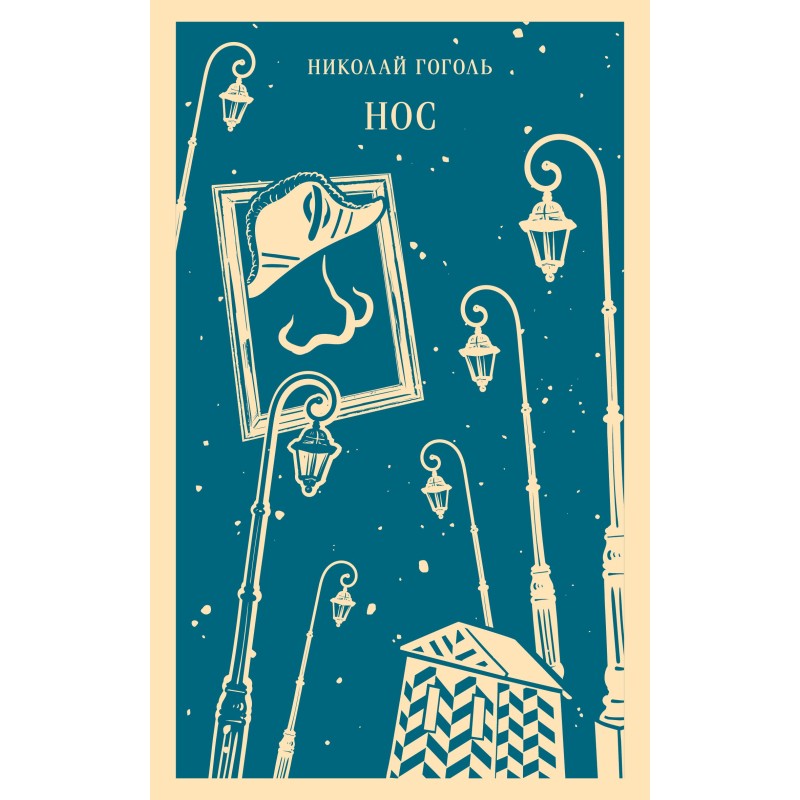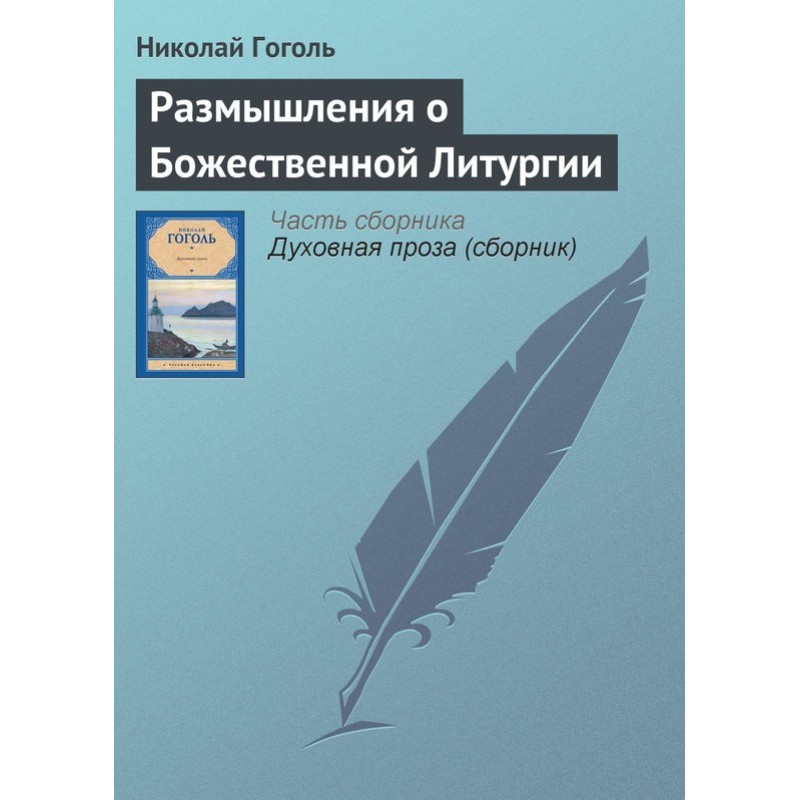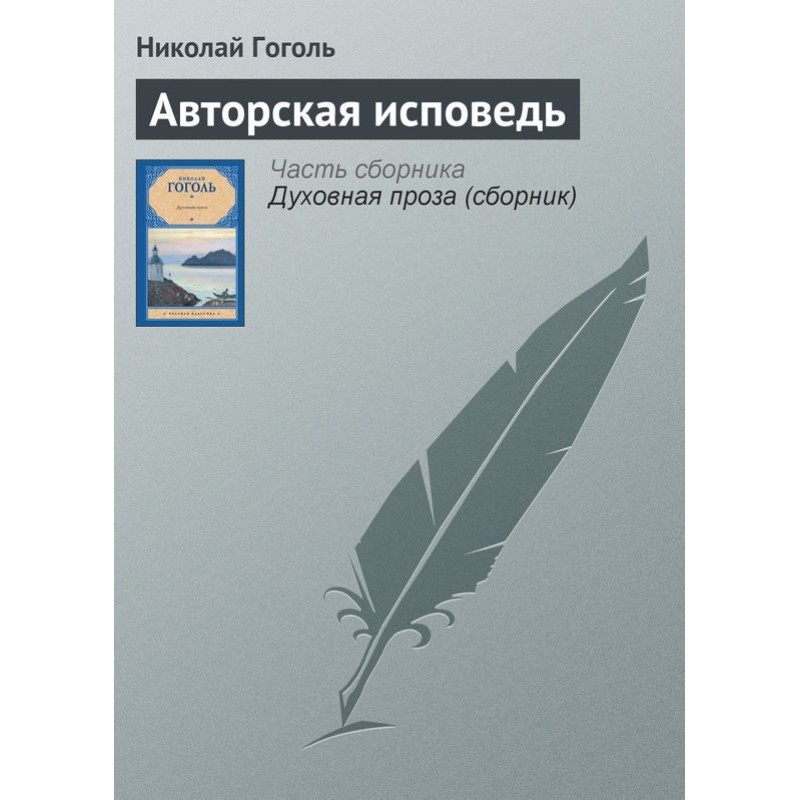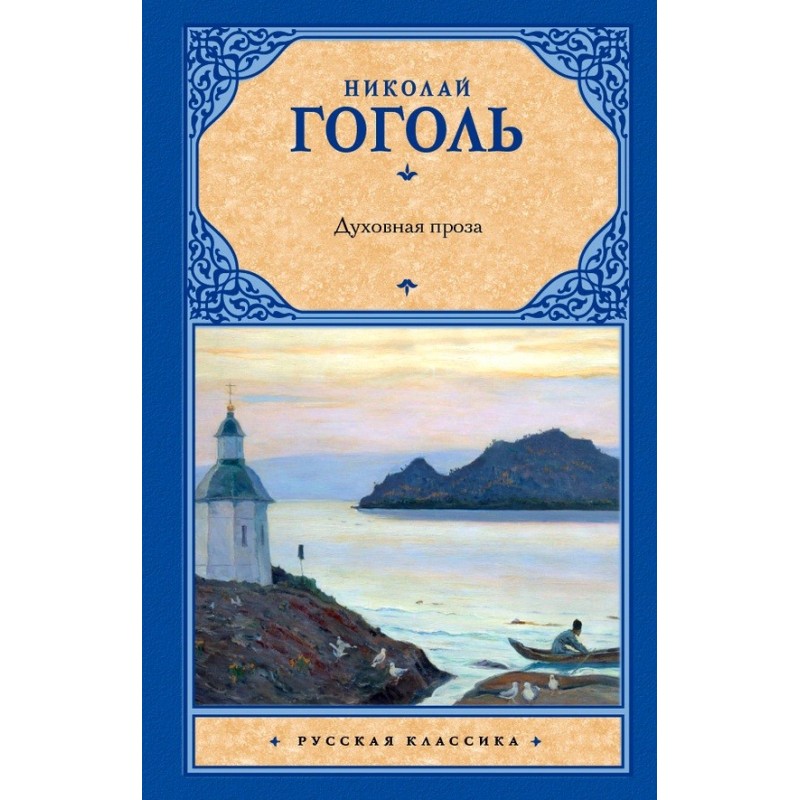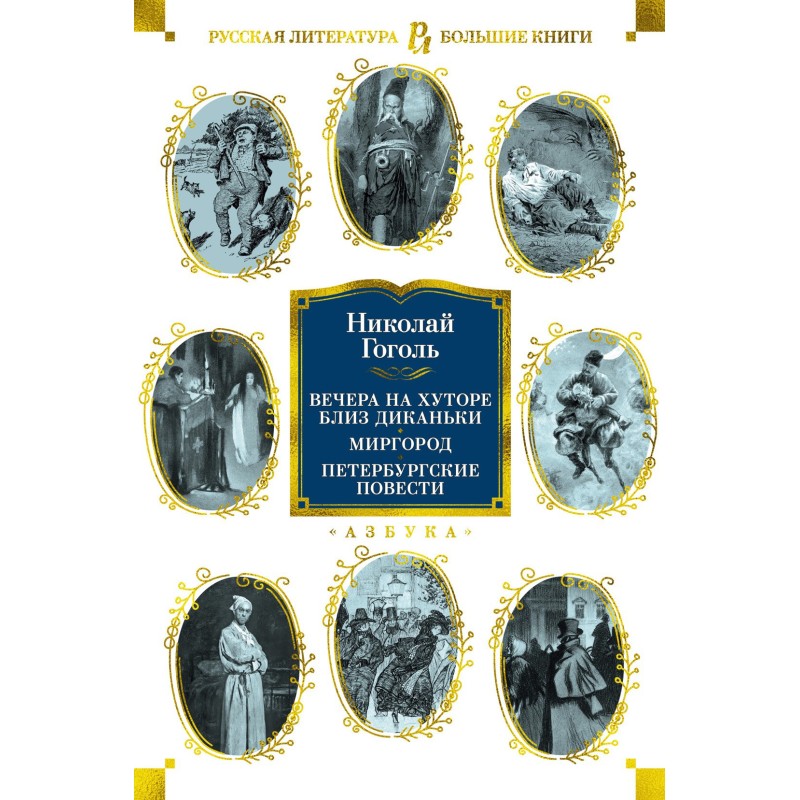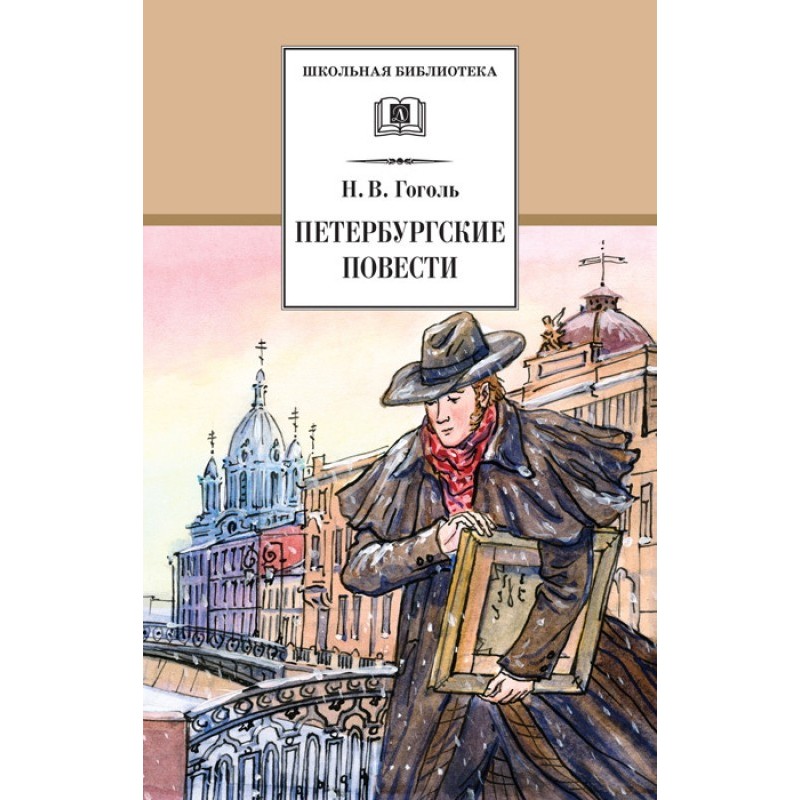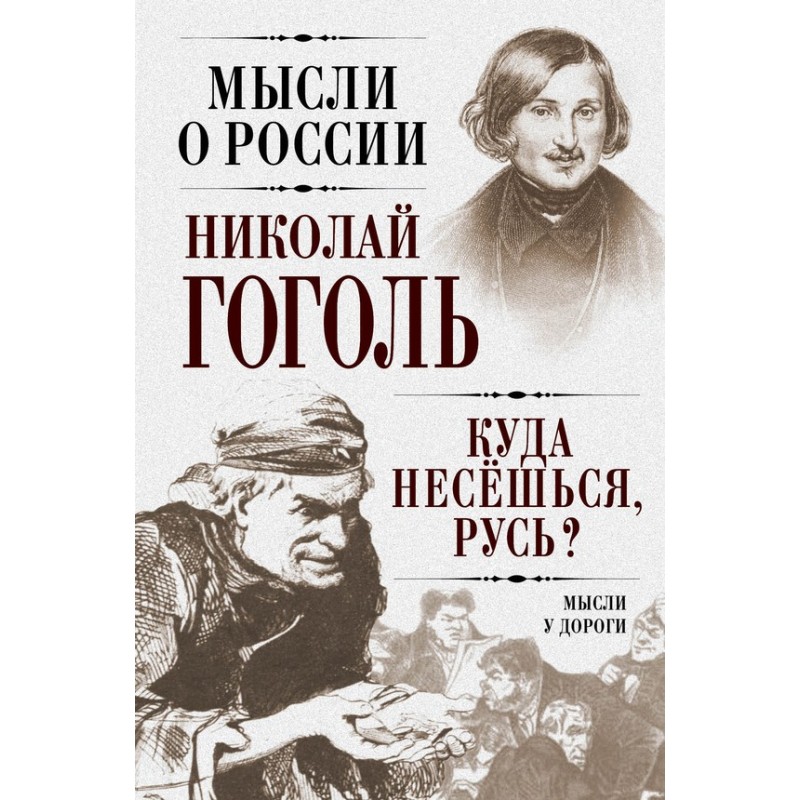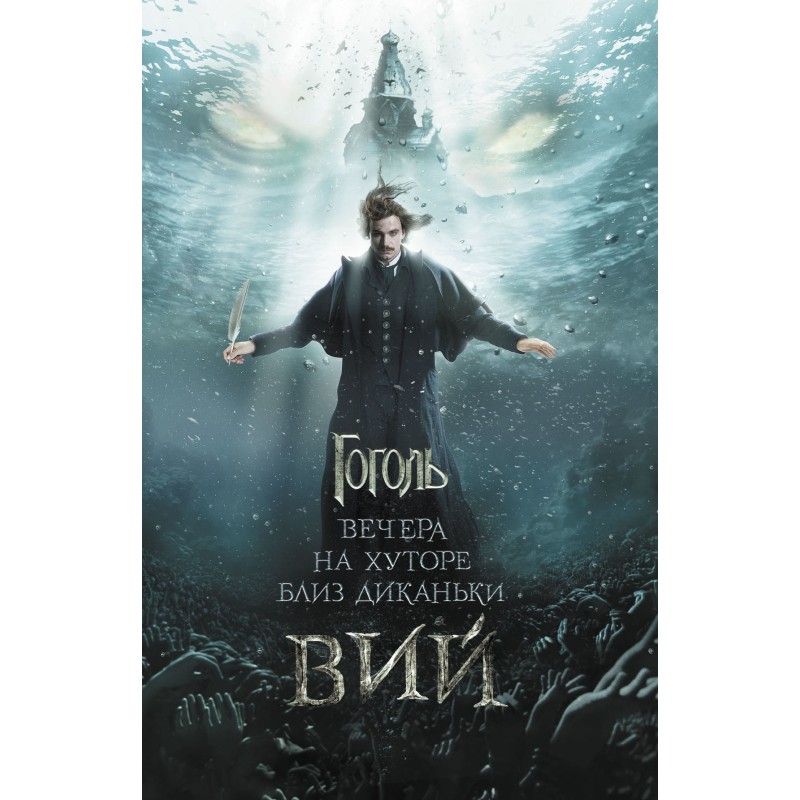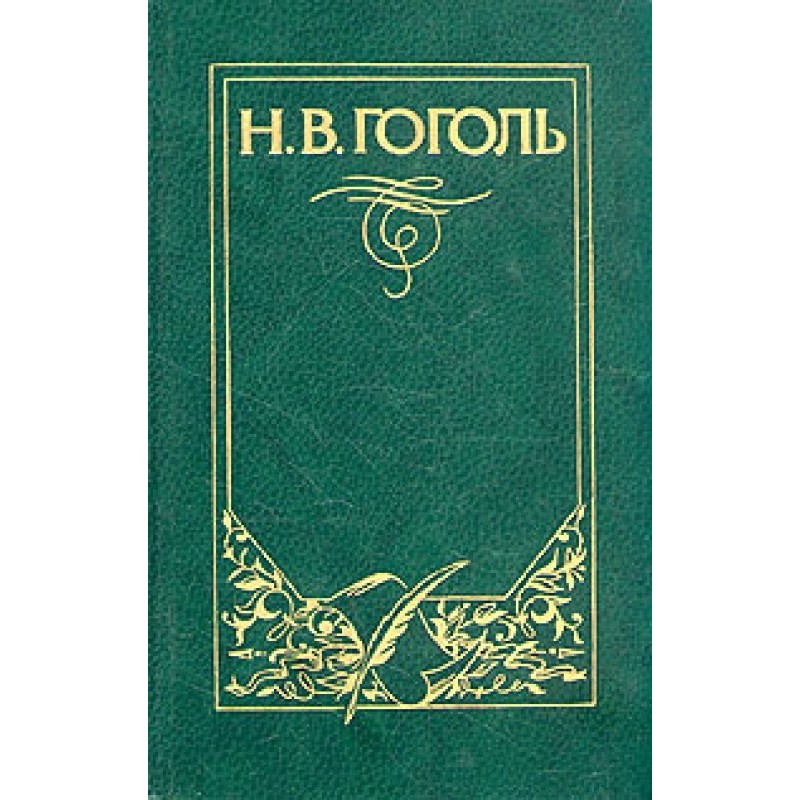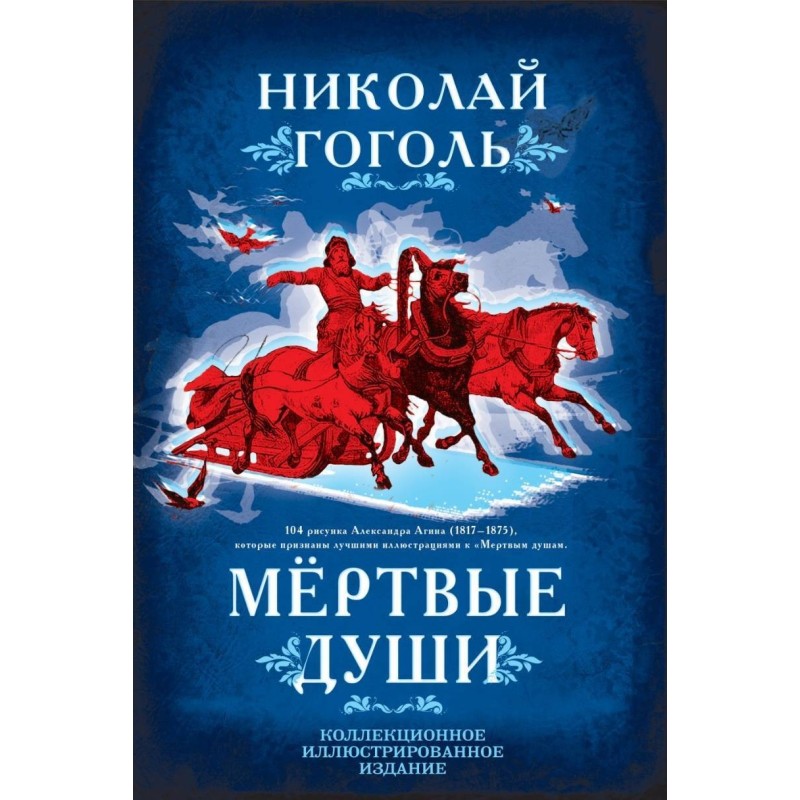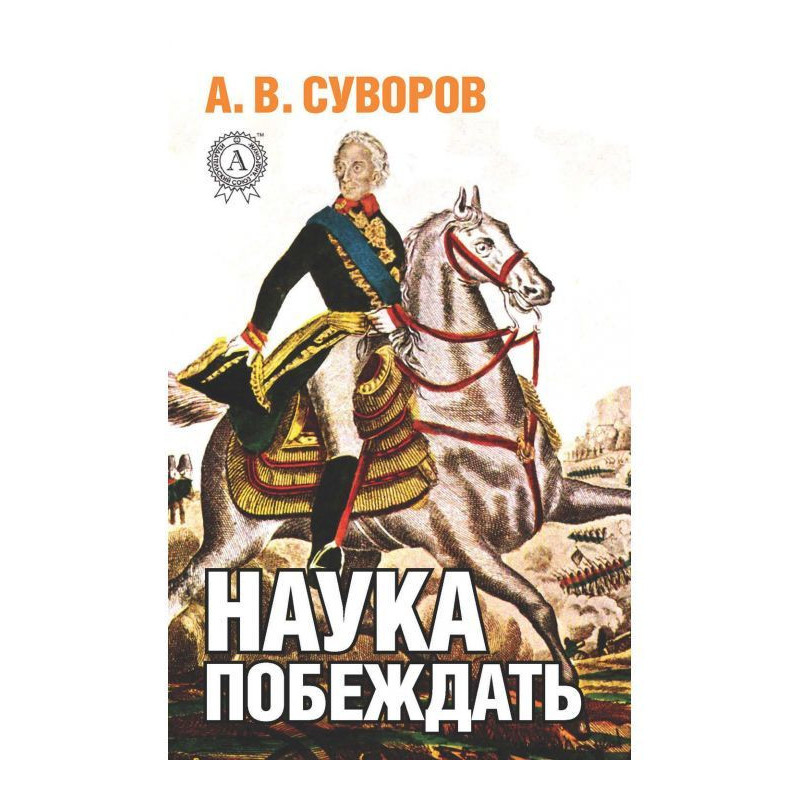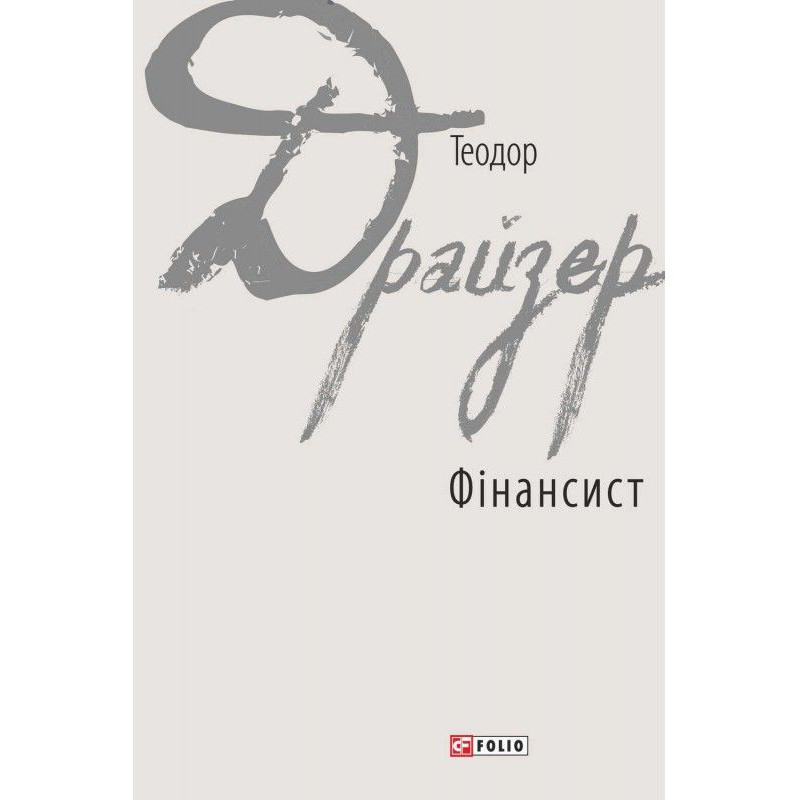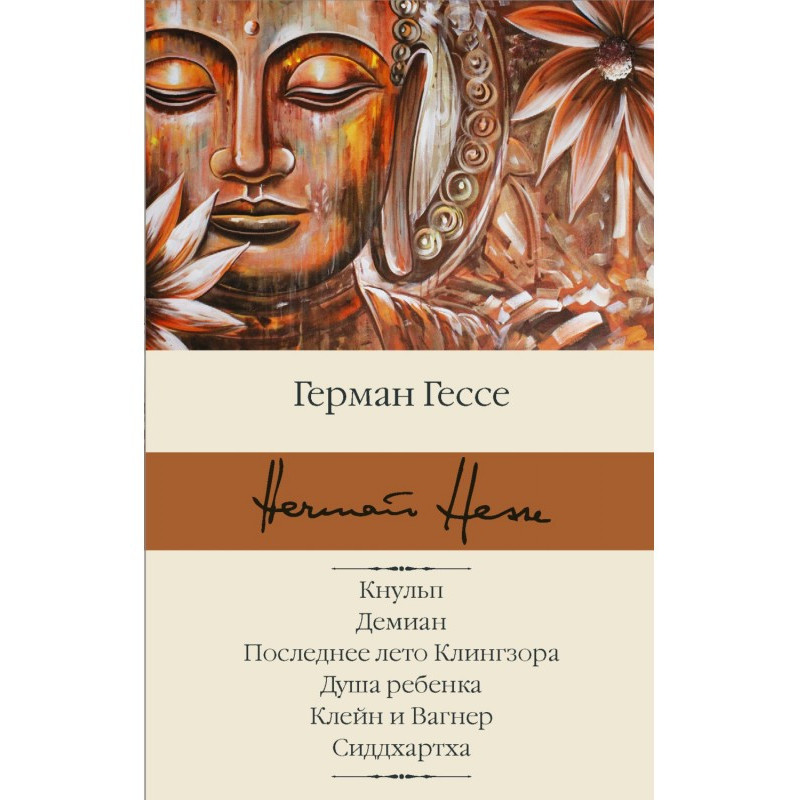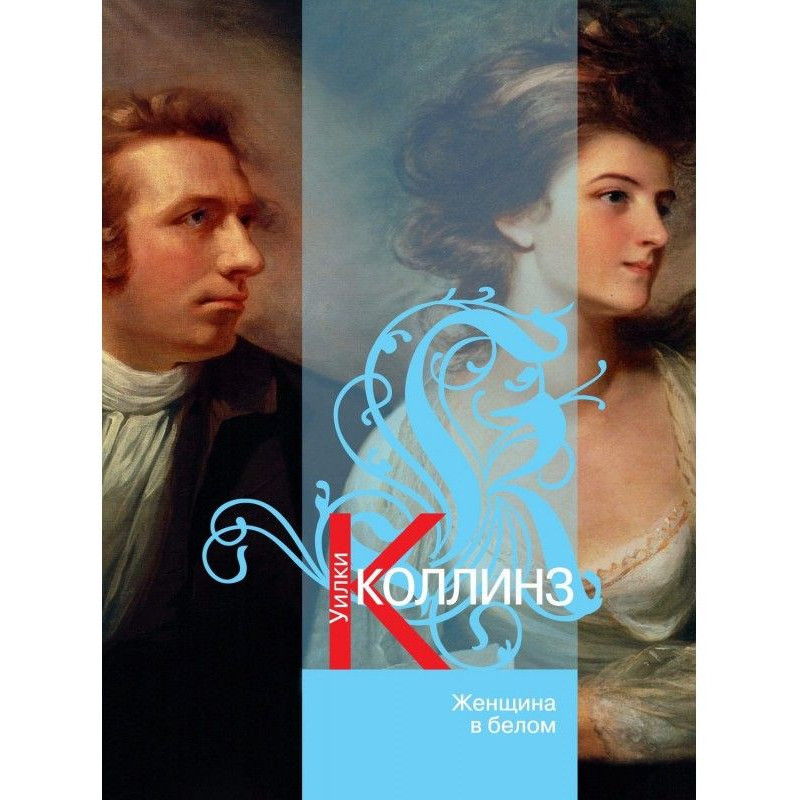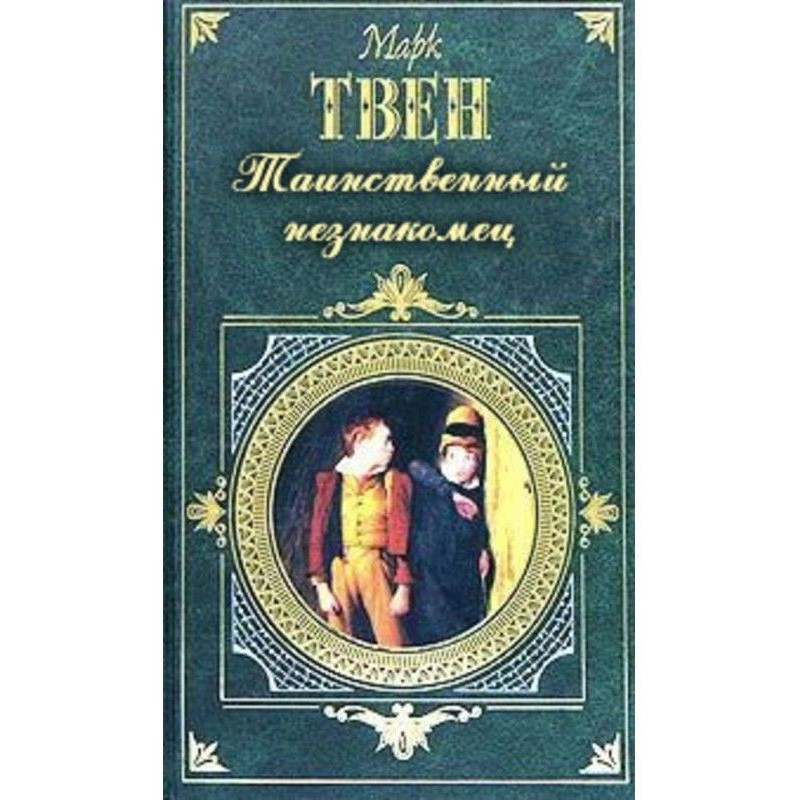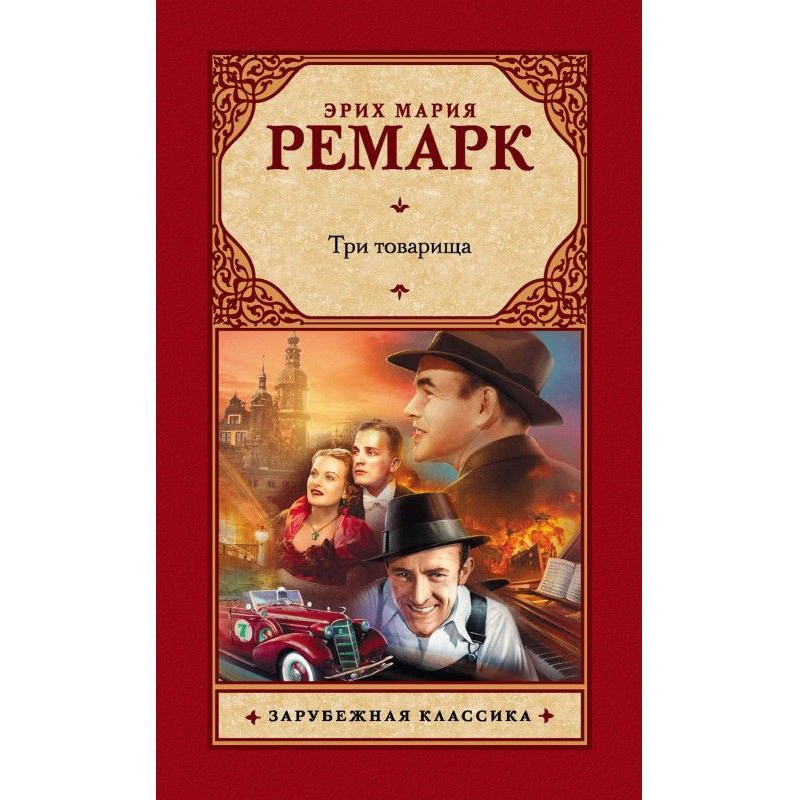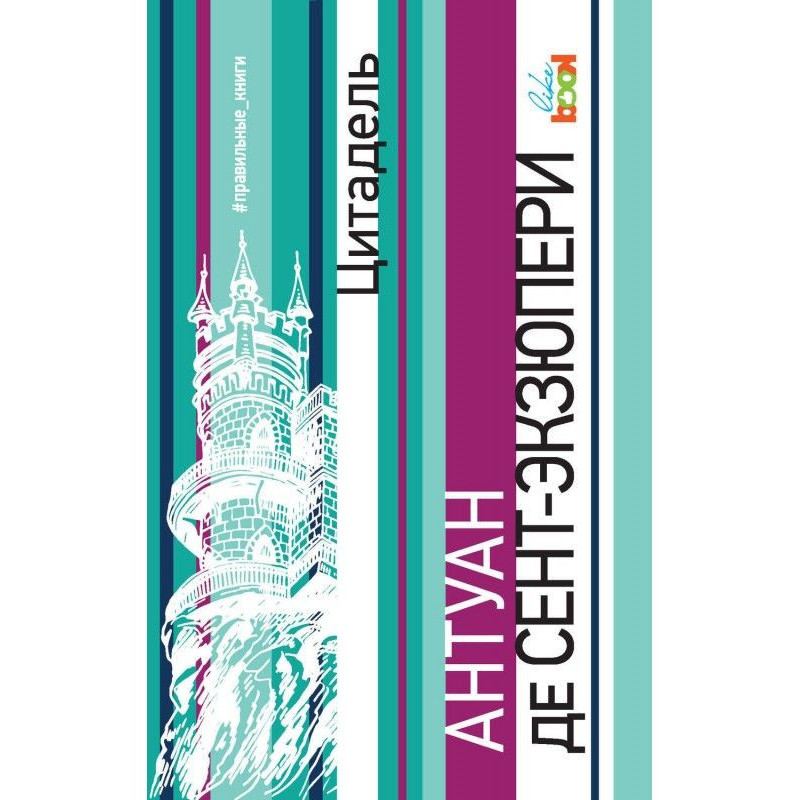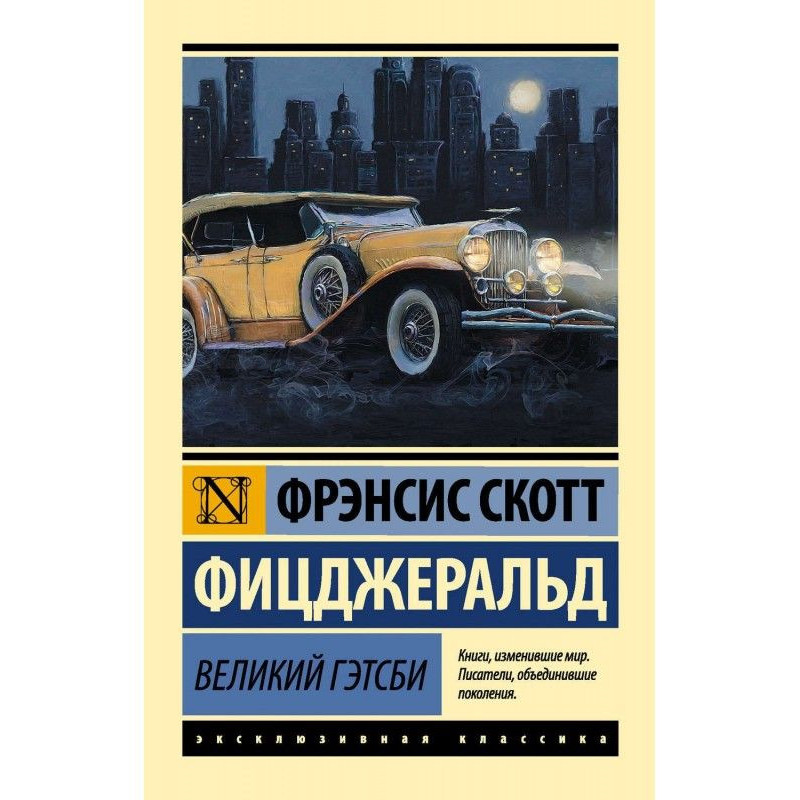Arabesque
 Instant download
Instant download
after payment (24/7)
 Wide range of formats
Wide range of formats
(for all gadgets)
 Full book
Full book
(including for Apple and Android)
The collection "Arabesques" has the strangest fate of all Gogol's collections. Besides the fact that it is the least studied among them, for a long time it was not considered as a collection, one might say, almost from the very moment of its publication in 1835. Gogol himself laid the foundation for this when he removed three stories from Arabesques and placed them in the third volume of his collected works, published in 1843, which later formed the St. Petersburg cycle. Therefore, in literary criticism, the stories “Nevsky Prospekt”, “Portrait”, “Notes of a Madman” are traditionally considered within the St. Petersburg cycle, and the articles are considered as part of Gogol’s critical and journalistic heritage. The strange fate of the collection is explained by the “strangeness” of the collection itself. When you first get acquainted with it, you are surprised at the variety of genres contained in it. (these include scientific articles and stories, and chapters from a historical novel), and a variety of topics (literature, history, music, painting, architecture, etc.). There is no obvious unity of theme and style here, which is present in “Evenings on a farm near Dikanka”, “Mirgorod” and makes these collections monolithic in comparison with the chaotic, at first glance, devoid of uniformity “Arabesques”. The collection was published in the first half of January 1835, censorship permission - November 10, 1834. “Arabesques” was published in two parts. CONTENTS: Arabesques (5). ADDITIONS FICTIONAL FRAGMENTS Two chapters from the Little Russian story “The Scary Boar” (217).‹1› Teacher (217).‹ II› The success of the embassy (222).‹I need to see the colonel› (227).‹The terrible hand (230).‹The lantern was dying› (230).‹The rain was continuous› (232).‹Rudokopov› (233).ARTICLES. NOTES. SKETCHESWoman (234). "Boris Godunov", Pushkin's poem (237). About Kozlov's poetry (241). "Excerpt from a children's book on geography" (243). "On countless thousands of graves" (245). 1834 (245). About edition of the History of the Little Russian Cossacks (246). "Reflections of Mazepa" (247). Table of contents "Volume V of the Collected Works of 1851" (248). OPTIONS (250). APPENDICES V.D. Denisov. Gogol's "Arabesques" (271). Notes (compiled by V.D. Denisov) (361). Text sources (502). List of abbreviations (503). List of illustrations (507). LIST OF ILLUSTRATIONS: N.V. Gogol. Portrait by A. Venetsianov. Autolithography. 1834. (Frontispiece). Title page of the first edition of “Evenings on a Farm near Dikanka.” 1831.In the bookstore of A.F. Smirdin. Lithograph by S. Galaktionov based on a drawing by A. Sapozhnikov. 1834. Lunch of writers at Smirdina. Engraving by S. Galaktionov based on a drawing by A. Bryullov. 1833.V.A.Zhukovsky. Fragment of a portrait by K. Bryullov. 1836.P.A.Pletnev. Portrait by A. Tyranov. 1836.M.N.Zagoskin. Steel engraving by an unknown artist in the collection. “One Hundred Russian Writers” (St. Petersburg, 1841. Vol. II). A.A. Delvig. Engraving based on a drawing by V. Langer. 1829. Kazan Cathedral. Lithograph by an unknown artist. 1825.Cathedral of St. Peter's in the Vatican. Engraving by P. Ruga. 1824. Count S.S. Uvarov. Autolithograph by V. Golike. 1833.N.I.Grech. Drawing by M. Stupin. Late 1830s F.V. Bulgarin. Steel engraving by an unknown artist in the collection. “One Hundred Russian Writers” (St. Petersburg, 1841. Vol. II). O.I. Senkovsky. Steel engraving by an unknown artist in the collection. “One Hundred Russian Writers” (St. Petersburg, 1839. T.I). Zverkov House. Photo from the 1970s. The building of the Patriotic Institute. Modern photograph. Courtyard of Zverkov's house. Autolithograph by E.B. Bernstein. 1952. Yard wing of the Lepen house, where Gogol lived in 1833-1836. Autolithograph by E.B. Bernstein. 1952. House of I.-A. Jochim. Autolithograph by E.B. Bernstein. 1952. D.V. Venevitinov. Portrait by P. Sokolov. 1827.V.F.Odoevsky. Fragment of a watercolor by A. Pokrovsky. 1844. M.A. Maksimovich. Portrait by an unknown artist. 1840s M.P. Pogodin. Lithograph from a daguerreotype of the 1840s. Dmitry Venevitinov. Drawing by A.S. Pushkin. 1827.N.V.Gogol. Drawing by A.S. Pushkin. 1833. A.S. Pushkin. Drawing by N.V. Gogol. 1833. Academy of Arts. Lithograph by P. Alexandrov. 1825.Isaakievsky Bridge across the Neva. Lithograph by P. Alexandrov. 1825. A.N. Mokritsky. Self-portrait. Early 1830s A.S. Danilevsky. Drawing by T. Shevchenko. Early 1840s N.Ya. Prokopovich. Lithograph with daguerreotype of the 1840s. N.V. Kukolnik. Fragment of a portrait by K. Bryullov. 1836.Bolshoi Kamenny Theater. Lithograph by an unknown artist. 1825. Alexandria Theater. Autolithograph by A. Durand. Figures by O. Raffe. 1839. F. Schiller. Fragment of a portrait by A. Graf. OK. 1793.I.V.Goethe. Portrait by O. Kiprensky. 1823.E.T.A.Hoffman. Portrait by W. Hensel, engraving by I. Passini. 1821.B.Scott. Fragment of a portrait by G. Raeburn. 1822. A.L. Schletser. Engraving by A. Florov based on a print by Riepenhausen. Beginning of the 19th century. I. G. Herder. K. Ritter. A. Humboldt. Engraving from a portrait by I. Shtiler. Beginning of the 19th century. King's Bench Prison in London. Engraving by J. Garner after a drawing by T.-H. Shepherd. 1829.Station in Birmingham. Engraving based on a drawing by G. Harris. 1820s Cologne Cathedral. Engraving by I. Poppel from the original by L. Lange. 1820s Strasbourg Munster. Engraving by unknown artist. 1830s View of the Milan Cathedral. Engraving by A. Biasioli from the original by Castellini. 1820s New Church at Haggerston. Engraving by W. Deeble after a drawing by T.-H. Shepherd. 1829. Lutheran Church on Nevsky Prospekt (architect A. Bryullov; 1833-1835). Fragment of the cover of the almanac “Housewarming” (Part II. 1834). Samples of arabesques. Sheet with sketches by N.V. Gogol (RPD. L.53). Beginning of the article “On the Middle Ages” and drawings by N.V. Gogol (RPD. L.54).Preliminary plan of “Arabesque” (RM. P.3).View of the Temple of Theseus from the Acropolis of Athens. Engraving by Thomas de Thomon. Beginning of the 19th century. View of the Colosseum. Engraving by A. Parboni. 1824.View of the Moscow Kremlin. Artist I.Datsiaro. 1840.View of the Palais Royal. Lithograph in “Notes of a Russian Officer” by F. Glinka (M., 1815-1816). Kozak Mamai. Folk picture. XVIII century. Bogdan Khmelnytsky. Engraving by Hondius. 1651.View of the Kiev-Pechersk Lavra. Engraving by A. Afanasyev. 1839.Zaporozhye Cossacks. 18th century engraving (according to the edition of A. Rigelman). Jan II Casimir. Ceremonial portrait. 1650s I.S. Mazepa. Engraving by A. Osipov. Early 1700s. Title page of the first edition of “Arabesque.”
Data sheet
- Name of the Author
- Николай Гоголь Васильевич
- Language
- Russian

